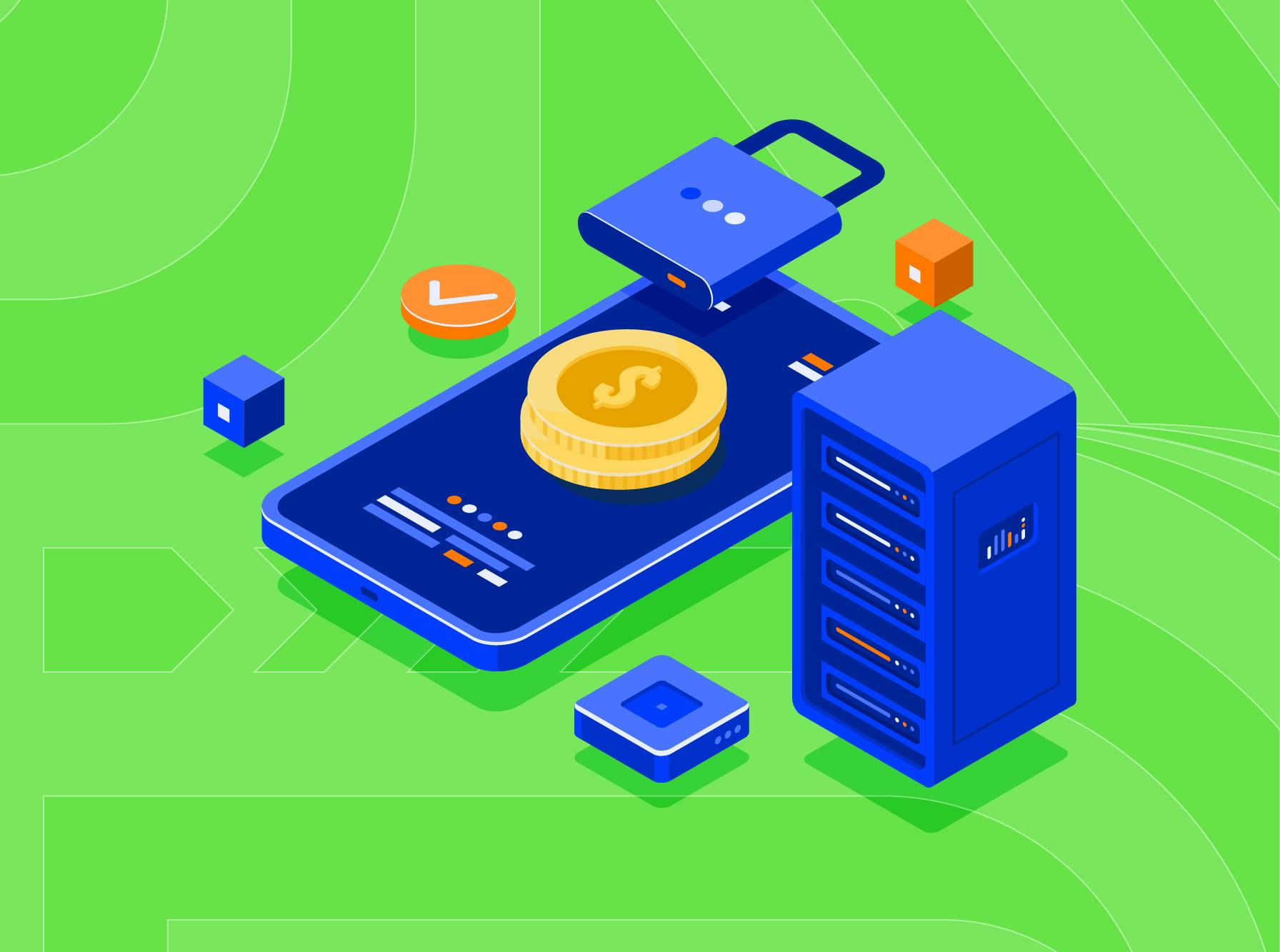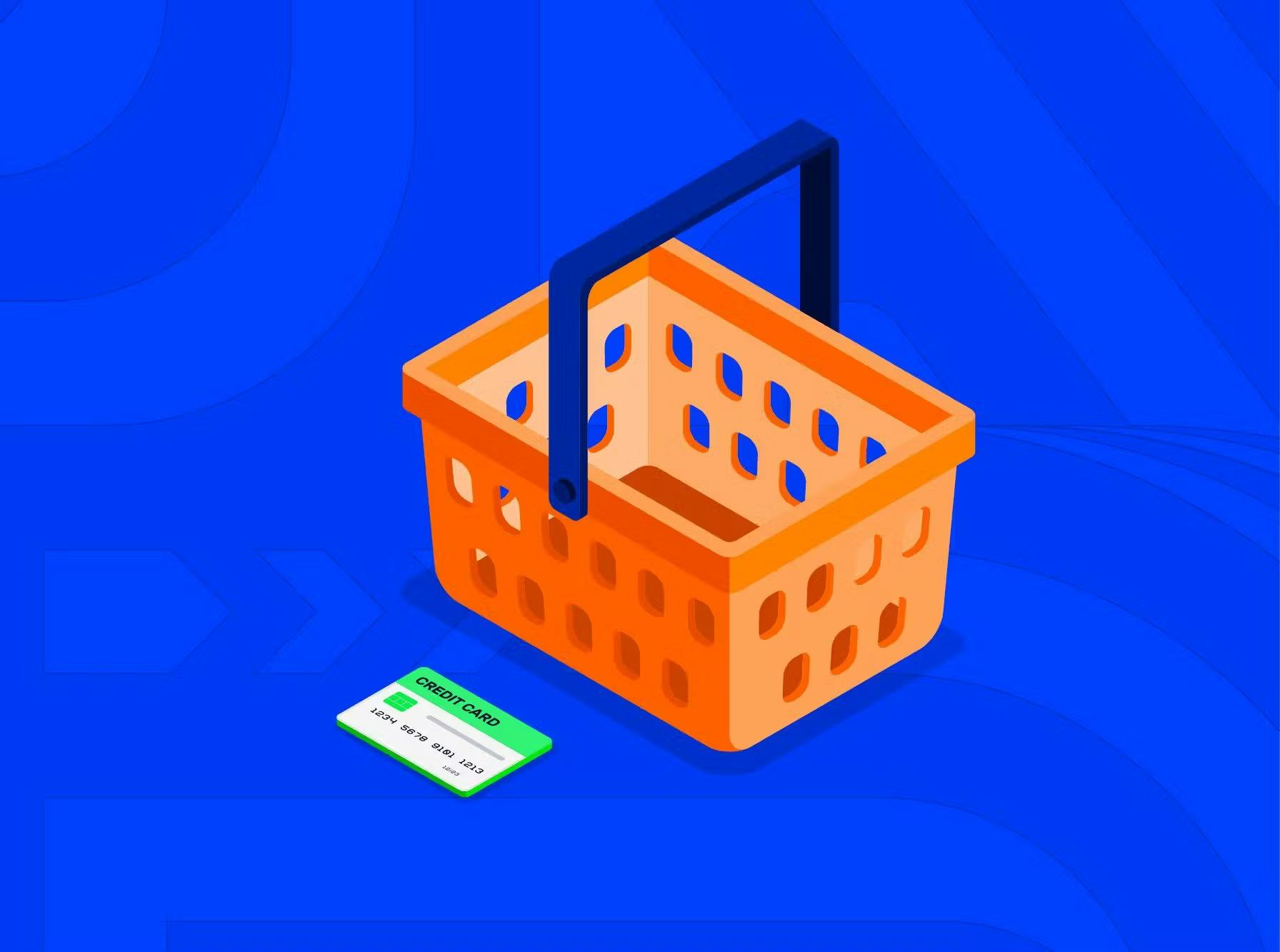The payment gateway market is forecasted to grow from $16.27 billion in 2024 to $34.8 in 2029 on the one hand. On the other hand, online payment fraud will cost merchants $362 billion in the span of approximately the same period: from 2023 to 2028. These two projections emphasize the significance of payment providers to ensure secure white-label payment solutions to their clients.
White-Label Payment Solutions Security Done Right

What is a White-Label Payment Solution?
A white-label payment platform is an ecosystem of payment software tools developed by established financial companies and sold to their clients to use as their own or resell with the possibility of rebranding and customization.
The payment industry is ridden with legal, financial, local, and international complexities. There are multiple payment providers, networks, and payment gateways — to add more complexity, the realm is constantly changing.
Development of an in-house payment solution is a time-consuming, complex, expensive endeavor that requires lots of upfront investment and top-tier talent. Infrastructure and maintenance add to the total budget of the project.
The possibility to just use a ready-made set of financial tools enabling online payments allows businesses to save on development and maintenance costs. On the flip side, using a white-label payment processing company potentially carries an extra layer of risks. The below considerations will help you understand the intricacies of payment security in white-label services.
Businesses That Use White Label Payment System

Many e-commerce and FinTech businesses opt to buy a secure white-label payment solution to both expedite go-to-market and save costs. These economy segments comprise a lion's share of the target audience for this financial service:
- Banks and financial institutions
- ECommerce businesses
- Marketplaces
- SaaS companies & startups with online payments
It's safe to generalize that most of the SME players in their respective industries will choose a secure customizable white-label payment platform over investing all the resources into developing one of their own.
Benefits of Opting for Secure White-Label Payment Solutions
The below advantages play right into the bottom line of a company:
Faster Go-to-Market Speed
Businesses can start accepting transactions within days, as the set-up is usually an intuitive guided process.
Cost-efficiency
Infrastructure, development costs, and maintenance are all taken care of by the developer of this financial offering and upfront payments are reasonable and limited. The white-label payment solution price may include a monthly infrastructure fee, transaction fees, and integration fees.
Customization
Robust customization features allow companies to use their own branding, as well as mix and choose the payment features needed for their specific business requirements.
Additional revenue stream
Banking institutions, SaaS products, and marketplaces can also earn more money by reselling white-label payment platform capabilities to their B2B clients. This opportunity is a strong addition to a portfolio of other financial and ecommerce digital offerings specifically if an extensive database has been accumulated.
Security and Compliance
Ensuring security is another cornerstone benefit for those opting to use a ready-made customizable payment platform. Features like risk management, fraud prevention, and rigorous compliance mechanisms are integral parts of this software product.
Payment Security Protocols for White-Label Solutions

Security protocols that regulate the safety of software solutions and transactions are multiple and can vary from country to country. Some of the industry-standard and globally-accepted security protocols for white-label payment solutions include:
1. Payment Card Industry Data Security Standard (PCI DSS)
PCI DSS is a fundamental regimen for the financial industry that regulates multiple aspects of credit card transaction management, including network monitoring, access control, vulnerability management, cardholder data security, etc.
2. End-to-End Encryption (E2EE)
E2EE protocol mandates that payment data be encrypted while being transmitted from the end user’s device to the merchant’s payment processor.
3. Secure Sockets Layer (SSL) and Transport Layer Security (TLS)
These secure communication protocols ensure encryption of sensitive financial data and PII (Personal Identifiable Information) for browsers and applications. SSL is slightly older and offers less robust protection in comparison to TLS.
4. 3D Secure
3D Secure involves three domains to ensure the authentication of cradholder: the merchant, the issuer, and the interoperability domains. The protocol may include payment confirmation via the bank app or password usage by the cardholder during the checkout process for authentication purposes.
5. Tokenization
Another layer of cybersecurity protection is when sensitive financial data is substituted by a non-sensitive token for the time of travel from the client's credit card to the merchant, reducing the risks of being stolen on the way.
6. Fraud Detection and Prevention
Big data analytics, ML, and AI technologies enable white-label payment solution providers to develop powerful fraud detection and prevention mechanisms. These algorithms usually work in real-time and check for a number of signals that may give out fraudulent activities.
Both the realm of online payments and online fraud develop at an unforeseen pace, backed by newly emerging technologies, like deep learning and artificial intelligence. This places additional importance on regular security audits, updates, and compliance risk assessments. Ensuring security in white-label payments will involve such systematic planned reviews on an ongoing basis - conducted by internal and external agents.
Fraud Detection in White-Label Payments
Extensive fraud detection safety measures include a series of activities conducted throughout the entire payment transaction process, but many of them take place in real-time:
Behavioral Analytics
- Device fingerprinting
- Geolocation targeting & IP address checks
- Biometric authentication
- MFA multi-factor authentication
- Real-time monitoring and alerting system
- ML and AI analytics
Whether the system flags down an unusually large transaction, asks to use a face recognition feature on your mobile, or sends a transaction for further checks due to new browser usage, these protection techniques save businesses millions. The severity of the problem of payment security is proven by the Nilson report forecast, whereas the USA is expected to lose $165 billion in the span of 10 years for credit card fraud.
White-Label Payment Authentication
White-label payment protection techniques are implemented at every stage of the transaction processing, including the authentication stage.
These are some of the major strategies and mechanisms of digital payment authentication used by reputable white-label payment platform providers, like Tranzzo:
- Password-based authentication
- Mobile authentication apps
- Email and SMS authentication
- 2FA and MFA (2-Factor-, and Multi-Factor authentication)
- Single-Sign-On Technology (SSO)
- Biometric authentication
- Tokenization
Many of these methods are incredibly effective. Even though hackers can still use SIM hacking, session hijacking, and brute force to overcome MFA, this authentication method is proven to block an astonishing 99.9% of modern cyber-attacks.
Securing Client Data in White-Label Payments
Safeguarding sensitive data requires a lot of effort, knowledge, investment, and intent.
These are the most effective and common features used by reputable developers of white-label payment solutions:
Role-Based Access Control
Specifically for white-label payment platforms, where businesses get access to a merchant dashboard and can provide different levels of access to different settings, RBAC best practices are critical for data integrity.
Data Masking
This practice of blurring or covering some part of the sensitive data allows to minimize risks of it being gathered in its entirety by malicious agents.
Data Backups & Data Recovery
Continuous data backups are essential for quick data recovery in case of cybersecurity incidents or other instances of data loss, like natural calamities.
Data Encryption at Rest
Archived data is often protected by encryption just like data that is actively used. This is a great means of protecting information stored on physical servers, in case they get compromised.
Security Team Training
As the realm of payment security evolves by the minute, all financial institutions conduct regular mandatory team training to reduce the success rate of phishing attacks and social engineering hacks among others.
Cybersecurity Education of the Clients
Major-league white-label payment providers invest a lot of attention in educating their B2B clients and end users about cybersecurity best practices. This can be done by enforcing certain levels of protection, playing educational videos, as well as including pop-up messages during the user journey advising of the safest payment processing practices.
Procuring Secure White-Label Payment Solutions
As a payment aggregator that operates across multiple regions, currencies, and offers multiple integrations for dozens of financial products and services, Tranzzo prioritizes robust security strategies in its development efforts. Feel free to enquire with our tech-savvy sales department about exhaustive security features embedded in our white-label payment platform.
 Most Popular Payment Methods in the World: Analysis by Markets
Most Popular Payment Methods in the World: Analysis by Markets How to Increase Conversions in an Online Store with a Checkout Page
How to Increase Conversions in an Online Store with a Checkout Page How Tranzzo Simplified the Payment Process for Tickets.ua
How Tranzzo Simplified the Payment Process for Tickets.ua Integrating Multiple Payment Methods: Challenges and Solutions
Integrating Multiple Payment Methods: Challenges and Solutions Abandoned Shopping Carts: Why Businesses Lose Revenue and How to Increase the Number of Successful Payments
Abandoned Shopping Carts: Why Businesses Lose Revenue and How to Increase the Number of Successful Payments

